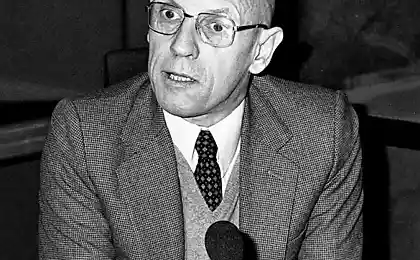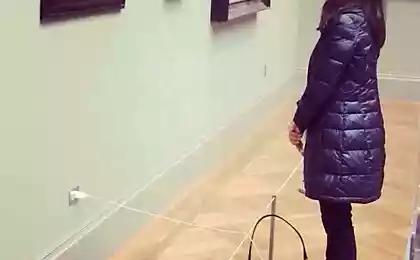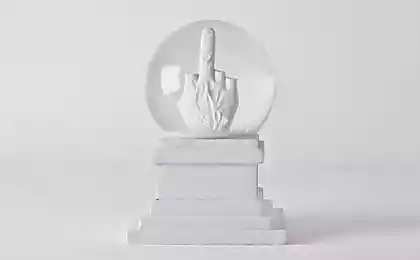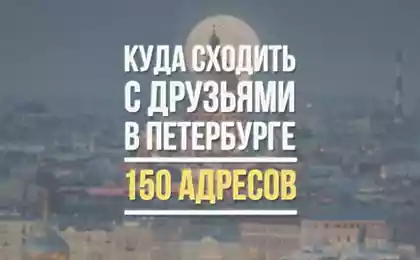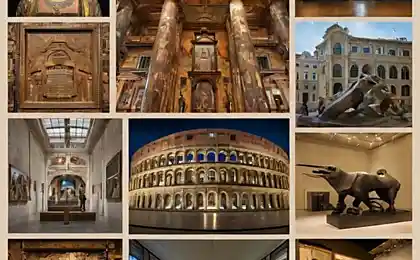1866
The oldest technical museum in Europe

Arts and Crafts Museum is one of the oldest technical museums in Europe. Its exposure is incredibly interesting, and at the same time very informative.
Everyone knows France mostly by famous attractions such as the Eiffel Tower, the Louvre, the Arc de Triomphe, Versailles, etc. But few people know about the Paris Museum of Arts and Crafts, which opens up to its visitors a lot of new and exciting exhibits.
Museum of Arts and Crafts, located in the French capital, has the full right to be called the oldest technical museum in the world. Presented in it exhibits tell visitors about how to develop a European science and technology from the 16th to the 20th century, covering almost all the areas that have been made discoveries and inventions - from weaving to photography. A >
General information about the Museum of Arts and Crafts
In fact, the name of the museum, located in the French capital, is not entirely accurate. It does not display are works of art and masterpieces of art. Exhibits - the achievements of science and technology to help us cope with everyday life, facilitate it and make it more diverse. In short, the Polytechnic Museum.
Museum of art and crafts can be considered a small town, because the building is great, and to just see all the exhibits, not stopping to read the labels and their detailed consideration, the need half an hour. And in order to consciously see the best specimens of science and technology, it is necessary to allocate a whole day, or even more.
A familiarity with the museum and the anticipation of a successful visit begins in the subway station Arts et Metiers (if you are, of course, come to the museum by subway). When you exit the train, do not rush to search the museum. We must look, then you will see the oval wall with copper plating on the thick riveted, neon lights and large portholes, and right in the center of the room under the ceiling - the huge gear. One gets the impression that at you the water column, and you - the hero of Jules Verne's works "Nautilus».
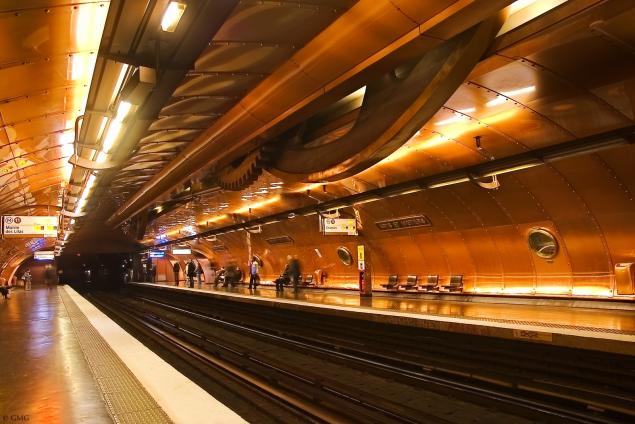
When you move away from the light of surprise attack (definitely positive), then you realize that the museum is located directly above the subway, in the heart of Paris. Tour one of the most famous landmarks of France will be the most interesting to the people who have a good command (not on a conversational level), French. All information about the exhibits is the official language of France, only plaques with their names are duplicated in English.
And now a little about the history of the creation of the museum
Few people know that the museum has opened under Napoleon Bonaparte (during the French Revolution). In 1794, Abbot Henri Gregoire proposed project of the National Convention of the Conservatory of Arts and Crafts, the purpose of which will be "study and preservation of machines, tools, drawings, models, books, and various documents of all existing arts and crafts." The approved Convent Conservatory immediately becomes the new mistress of the set confiscated during the revolution of private technical collections. After a long search for the new premises of the museum, in 1798 the collection of the Conservatory stands the church premises of Saint-Martin-de-Shan.
The Church of Saint-Martin-de-Shang built on the site of the old church of the Merovingian era. Legend has it that this church was destroyed during the invasion of the Normans. Exact confirmation of this is not, but it is known that in the middle of the XI century Henry I manages to rebuild this place "a second church." Built in 1059-1060 years of the church goes into 1076 under the jurisdiction of the Order of Cluny.

Suffered during the revolution, the church building required substantial repairs, the museum first opened its doors to the public only in 1802. Since the dawn of the museum one of the principles it has become interactive - employees of the museum not only shows but also explain to visitors how to work in the museum arrangements. At the same time opens the same name school, a professor who lectures on various fields of engineering and technology, and students have the opportunity to practice the acquired knowledge on display in the museum machines. CNAM Institute still exists today, being one of the most prestigious educational establishments in France and the most popular educational institution for students who combine study with work (evening and correspondence department). Its branches are opened in many cities in France.

In 1830, under the influence of the technological revolution Conservatory reformed. From the museum collection of clean agricultural and weaving machines, replacing them with models and drawings of more modern machinery: steam, forging, papermaking, machinery Parliament for sugar production and many others.
XX Century Museum gave a lot of new topics from the car to the conquest of space. In the 1990s scenography of the museum was completely rebuilt, allowing organically incorporate these topics into the existing rich collection of the museum.
The cultural significance of the Museum
In our modern world, this museum is of great importance for humanity. Firstly, it shows how advanced the scientific progress, starting with the 18-19 centuries. This is irrefutable proof that science is moving forward by leaps and bounds with each passing day. Some visitors who come to the museum for a tour, expect to see paintings sculptures and statues, but after visiting they are a bit disappointed, as there are exhibits of human engineering genius and the arts there can only be attributed, the skill which had an engineer. < br />

In the courtyard of the museum is the diminished model of the New York Statue of Liberty Frederic Bartholdi. Its first copy is kept inside the museum.
The museum's collection of more than 80,000 artifacts and 15,000 drawings, 40,000 of them in Paris.
The entire collection of the museum is divided into seven sections: construction, communications, transport, energy, scientific and measuring instruments, materials, and mechanics. Let's look at some of the sections in more detail.
Research and measuring instruments
Section scientific and measuring instruments is such exhibits as the microscope Money made for the Duke of Sholn, calculating machines Leon Bollee, electron microscope and a supercomputer.

Calculating Machine Leon Bollee
The first measuring instruments appeared in prehistoric times - from time immemorial man has sought to define as precisely as possible, day and night, to measure the distance and weight.

Supercomputer
In the Renaissance, human ambitions grow: in a fit of study of our planet, he is trying to determine the location of its own. Scientists create new mechanisms for measuring, calculating machines. Most of the tools made watchmakers and jewelers, that raises many of them to the rank of art.
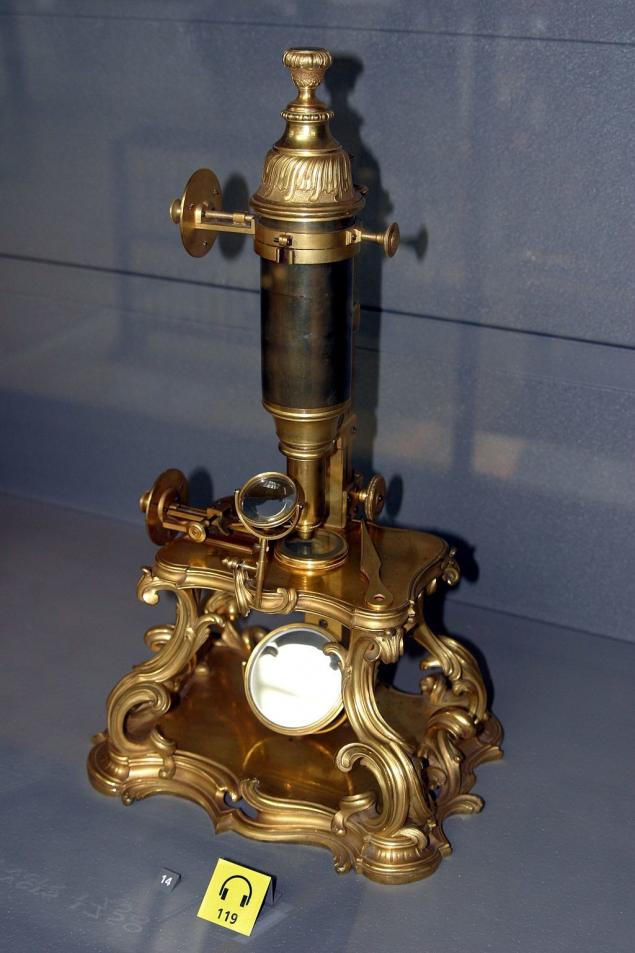
optical microscope Mani
In the XVIII century science - an invited guest of secular salons. Mechanics, optics, hydraulics, electricity - demonstrate the laws of physics are popular with the public. At the same time, increasing the accuracy of the instrument allows for the creation of the first research laboratories (Lavoisier's most famous laboratory), thus marking a new stage in the development of science - a more specialized, more rigorous.

arithmetical machine Rene de Rowena Grille 1678 release. Actually that is already here - the world's first calculator. Almost pocket.
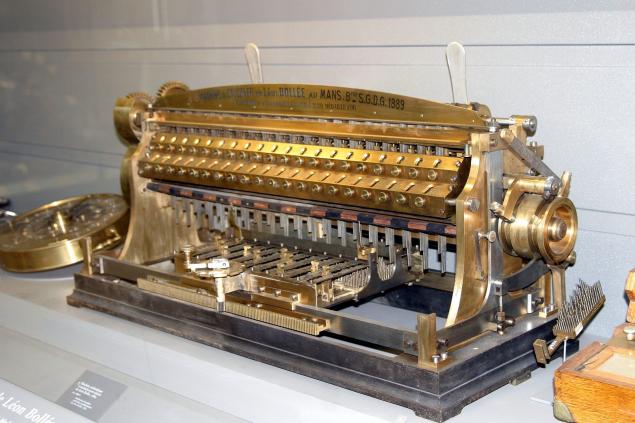
Calculator from the past
To simplify calculations - whether it is commercial, academic or administrative - introduced the metric decimal system. In the second half of the XIX century, the development of scientific and measuring instruments takes place in two directions. On the one hand, the physical salons XVIII century out experimental science that analyzes, play and understand the nature of many natural phenomena. However, new tools quickly replace manual labor where possible - calculating machines and measuring machines completely change the style of work of insurance companies and factories.
XX Century - expanded the knowledge of science to man, the new tools allow you to make new discoveries.
The main difference from previous studies - the rejection of the principle of direct observation. Astronomer can listen to the echo of the big bang, which started our universe. Biologist using electron microscopes, trying to understand the structure of living matter down to the atomic level. Optics and mechanics are gradually replaced by electronics.


astronomical measuring instruments
Content
Materials used by man changed with the development of civilization. Not only because of a change in society dominant flavor, but also due to the development of related technologies. From the masters of intuition and experience of human ancestors gradually moved to the physical and chemical analysis of the stages of production materials.
In the days of the Old Regime masters united in a corporation whose control contributed to the quality and standardization of production. The need for various crafts reasoned the location of the workshop: master glassblowers and tile makers, need large amounts of energy to produce, built their workshops in the woods; casters, with the introduction of blast furnaces to smelt have become more quality cast iron - not far from the coal deposits; smiths - along the rivers, where the energy of flowing water can be used to drive the bellows and hammers; textile production was divided between the village, where they produced coarse cloth, and the city is processed wool, silk, and so on. n.
Technical progress of the XVIII century structural rebuilds production. With the creation of the steam engine, the new weaving looms allow faster and better. Use of coking coal has improved the quality of smelted iron.

Stand materials. It is proposed to thrust his hand into the hole and touch to determine the material of which the object is made.
In the XIX century, new materials: aluminum, plastic, new types of steel and glass. New paint and fabric (primarily artificial silk) convert weaving.
The second half of the XX brings a radically new approach: if earlier the man picked among the most suitable natural materials, now it can directly create the necessary material to him, based on the desired characteristics.
The main exhibit of the hall is a continuous casting machine.

Building
Of great interest is the construction hall, with motorcycles and cars, mezzanine, where you can see wonderful exhibits
This hall is famous for the presence of excavator Couvreux. Creator excavator Alphonse Kuvrё (fr. Alphonse Couvreux) began his career in 1840 in the construction of the railway. In 1860 he patented the first version of his excavator. In subsequent years, the inventor of constantly improving its staff, and in 1863 he trusted the development of an excavator to dig the Suez Canal.
The main part of the excavator boom is a chain of buckets for excavation. Selected soil dumped into trucks, served on parallel paths. Himself excavator moves on a special, trёhrelsovoy rail, which shift during the promotion works. The excavator is driven by two steam engines: one is to adjust himself excavator, other - more powerful - sets in motion a chain of buckets.

Excavator Couvreux

Transportation

In the hall of transport you can see such exhibits as coaches, locomotives, ships, cars, planes and other vehicles. All models are great, the master put a lot of effort to create them. Among these exhibits - old bikes, which stands near the monitor. With the help of computer technology, you can view several video clips related to their history. As well as recording with cycling, which took place in the 90s of the 19th century.

The next room is connected the same theme, is the very first car - paromobil, which was used without the aid of horses. Another interesting exhibit - the glider, which hangs from the ceiling. On the monitor, you can see the first trip paromobiley the streets of Paris.


Mechanics
The hall dedicated to mechanics, just filled with gears, a voltage converter, the direction of movement. On this stand, you can touch everything, twist and so on, which is very pleasant to visitors. Nearby is the "theater machine ', the first of the exhibits - pianola, a mechanical piano. And so it is all filled with various interesting items: clocks, music boxes, a variety of live pictures, mechanical birds in cages, children's mechanical toys. "The theater of automata" - an ideal place for children, it will be extremely interesting and informative, with his visit.
There is another room, where there is electrical, which dates from the 19th century. This electric car, telegraph, telephone, optical-mechanical toys that existed before the movies and cartoons. The presence of the first film projector, camera Lumière attracts many tourists.

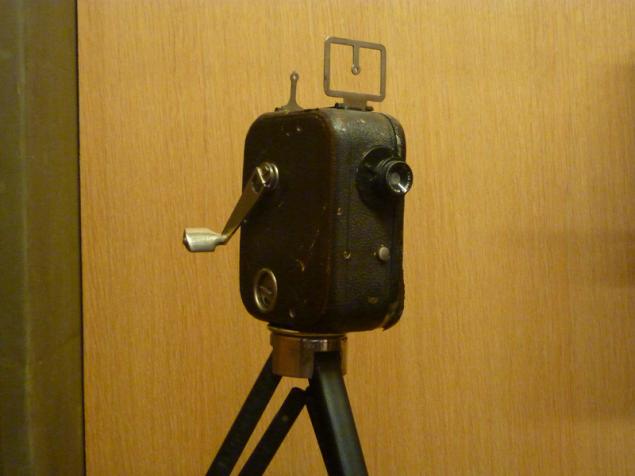
The history of photography.
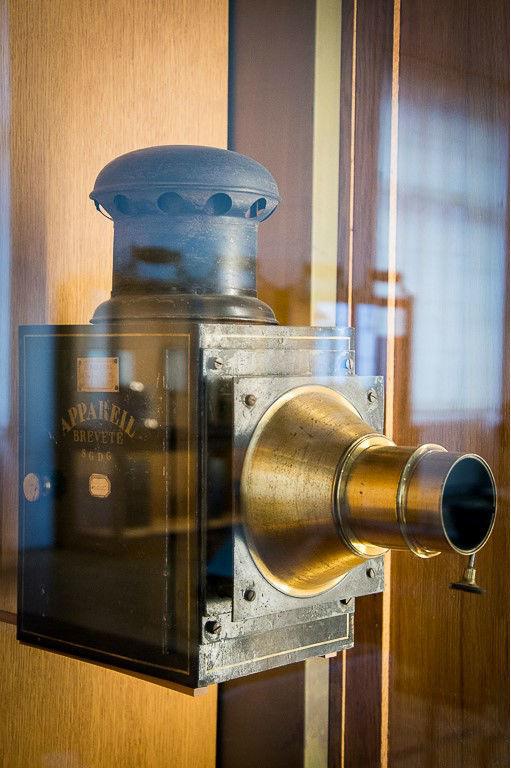

An incredible array of a wide variety of printing machines.


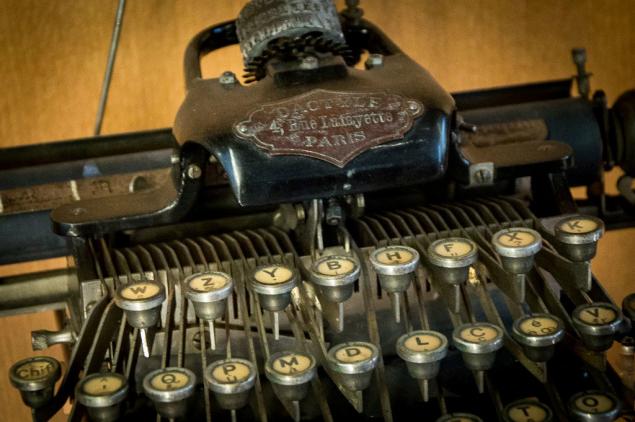
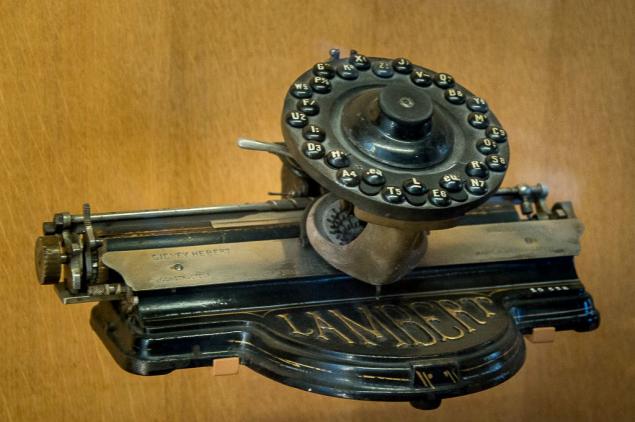
unusual keyboard in typewriter
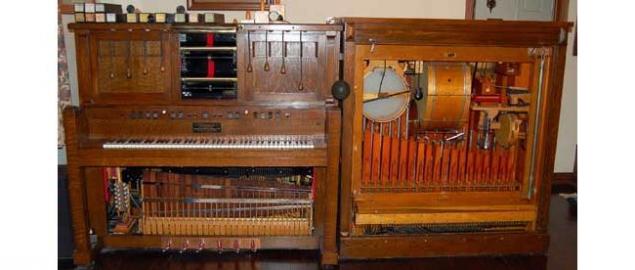
the combination of the mechanical piano with organ and drums

the first music box


mechanical pianos
The real highlight of the museum and pride in today's time is a collection of steam engines and cars. Cars are set so that the people who understand the intricacies of technology, able to appreciate the work of the engineer. In addition to all the famous cars, the museum can show aeromobili airplane and even a steam engineer Clement Ader, which hangs from the ceiling. The greatest pride of the museum - the world's first self-propelled carriage with a heat engine, the creation of engineer Nicolas-Joseph Kunio.

locomobile


The second floor greets visitors plywood figures of people who hold signs, which recorded various questions such as "Who invented gunpowder?" Or "Where is tested first submarine?". The answers are written on the reverse side, of course, French. On the left is a library, on the right, you can continue examination of the exhibits.
The museum presents the various samples of materials, which are currently very common in everyday life: glass, plastic, aluminum, a variety of fabrics, which for centuries have helped people create the necessary device.
The museum is good for children and adults, this informative tour showing the best examples of art and technology. It is not only fun, it is the study of the history of mankind.
In the center - the one in the novel Foucault's Pendulum by Umberto Eco.

The first telegraph

Where is the museum of arts and crafts that you can see a number

The Church of Saint-Eustache
The museum is located in the center, so close you can see the most beautiful church in Paris - Saint-Eustache. Nearby is a large shopping street Rue Montorguil. It is of great interest to fans of shopping. Shop kitchen utensils Dehillerin created for those who are interested in cooking. It is located on the street Coquillerie.

How to get to the Museum of Arts and Crafts
To get to the museum of arts and crafts, you need to take the subway called Art et Metiers, line 11. When you exit the subway, you will immediately see a few buildings that are close to each other and connected by one architectural style.

Whoever arrives in Paris, will certainly have to visit the Museum of Arts and Crafts. This is one of the main attractions of the French capital. And every visit it is so enthusiastic and happy with this excursion that from such a cultural institution are only pleasant memories.
Source:
High-quality PVC windows Odintsovo
Zuckerberg and his wife promised to donate 99% of personal stake in Facebook for charity
